Creating minimalist interior design that feels both sophisticated and welcoming has become one of the most sought-after approaches to modern living. This timeless aesthetic embraces the principle of "less is more" while incorporating innovative elements that reflect our evolving lifestyle needs. As we move through 2025, minimalist design continues to evolve, blending clean lines with warm textures, sustainable materials, and thoughtful functionality. These design concepts focus on creating serene spaces that promote mental clarity and well-being while maintaining visual impact through purposeful choices.
1. Sustainable Minimalist Interior Design with Reclaimed Materials

Embrace eco-conscious living with this sustainable minimalist interior design approach that prioritizes reclaimed wood, recycled metals, and bamboo furnishings. This design theme centers on durable, long-lasting pieces that reduce environmental impact while creating warm, inviting spaces. Feature reclaimed wood accent walls, recycled steel lighting fixtures, and bamboo flooring that adds natural texture without overwhelming the clean aesthetic. The color palette includes warm grays, natural wood tones, and soft whites that complement the organic materials. Storage solutions utilize repurposed materials crafted into sleek, functional pieces that serve multiple purposes. This minimalist interior design concept proves that sustainability and style can coexist beautifully, creating spaces that feel both environmentally responsible and visually stunning.
2. Japandi Minimalist Interior Design with Natural Harmony
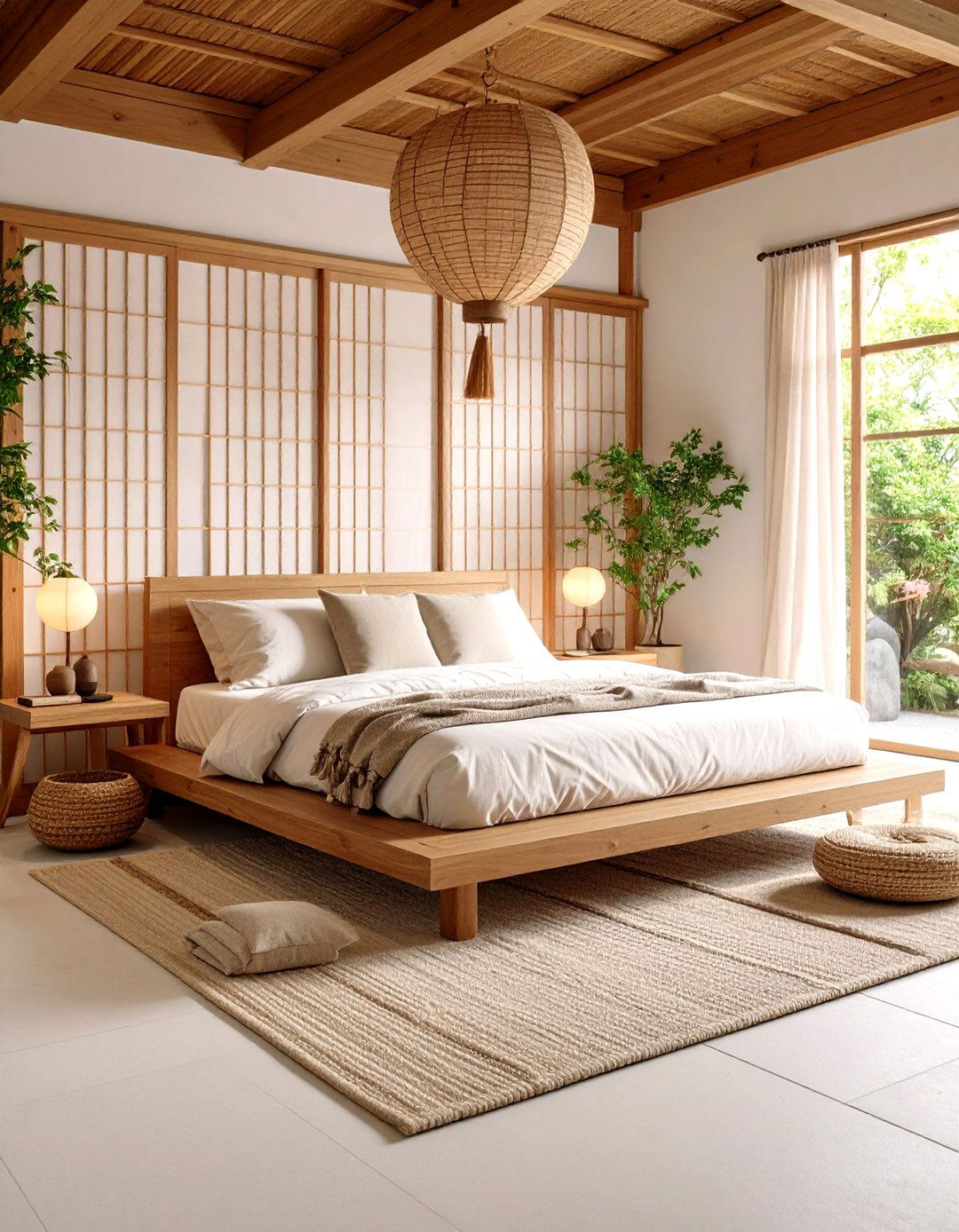
Combine the tranquility of Japanese design with Scandinavian functionality in this Japandi minimalist interior design theme. This fusion creates spaces that emphasize natural materials, warm wood tones, and clean lines while incorporating elements like rice paper screens, low-profile furniture, and carefully curated ceramics. The color scheme features soft beiges, warm grays, and muted earth tones that promote relaxation and mindfulness. Natural light plays a crucial role, with sheer curtains and strategically placed mirrors maximizing brightness throughout the space. Furniture pieces sit lower to the ground, creating a sense of groundedness and connection to nature. This minimalist interior design approach includes woven textures, handcrafted pottery, and minimal greenery that adds life without creating clutter, resulting in spaces that feel both serene and sophisticated.
3. Monochromatic Minimalist Interior Design with Layered Textures
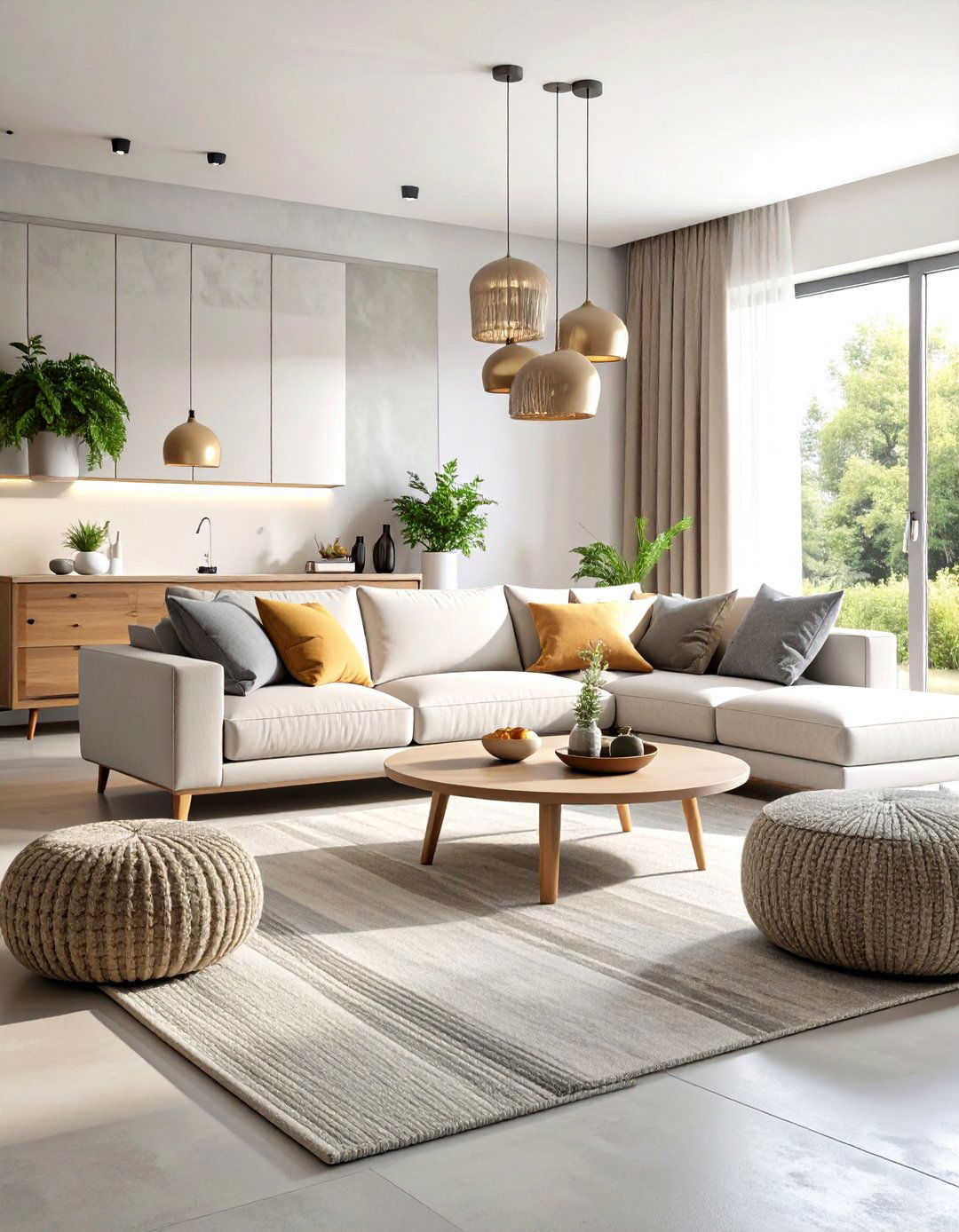
Create visual depth through this monochromatic minimalist interior design that uses varying shades of a single color family to build interest and sophistication. This approach focuses on layering different textures within the same color palette, using materials like linen, wool, concrete, and brushed metals to create tactile variety. The design emphasizes subtle contrasts between matte and glossy finishes, rough and smooth surfaces, and light and shadow play. Furniture pieces feature clean geometric lines while incorporating organic shapes through accessories and artwork. The lighting design uses both natural and artificial sources to highlight the textural elements throughout the day. This minimalist interior design concept proves that limitation can inspire creativity, resulting in spaces that feel cohesive yet dynamic, calm yet engaging.
4. Biophilic Minimalist Interior Design with Indoor Gardens
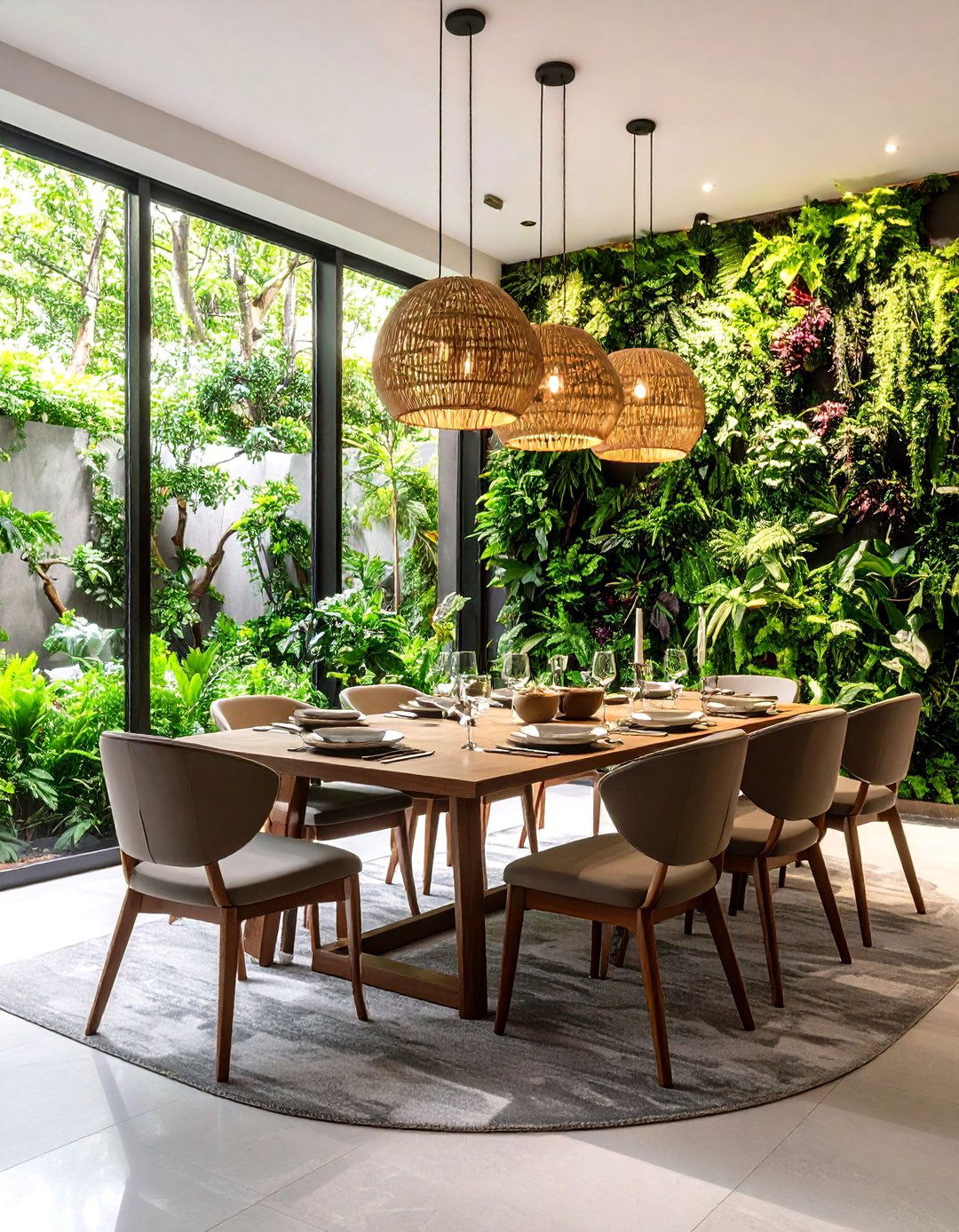
Integrate nature seamlessly into your living space with this biophilic minimalist interior design that brings the outdoors inside through strategic plant placement and natural materials. This design theme features living walls, carefully selected indoor plants, and natural stone elements that create a connection to the natural world. The color palette includes soft greens, warm browns, and crisp whites that complement the organic elements without competing for attention. Large windows and skylights maximize natural light, creating ideal conditions for plant growth while illuminating the space beautifully. Furniture pieces utilize natural wood, stone, and organic shapes that echo forms found in nature. This minimalist interior design approach includes water features, natural fiber textiles, and earth-toned ceramics that enhance the garden-like atmosphere while maintaining the clean, uncluttered aesthetic essential to minimalist design.
5. Smart Technology Minimalist Interior Design with Hidden Integration

Embrace the future with this smart technology minimalist interior design that seamlessly integrates modern conveniences without compromising clean aesthetics. This design theme features hidden charging stations, voice-controlled lighting systems, and automated climate control that operate invisibly within the space. The color palette remains neutral with whites, grays, and natural wood tones that provide a timeless backdrop for the integrated technology. Furniture pieces include built-in speakers, wireless charging surfaces, and smart mirrors that blend functionality with minimalist design principles. Cable management systems keep all connections hidden, maintaining the clean lines essential to the aesthetic. This minimalist interior design concept includes smart storage solutions, automated window treatments, and energy-efficient systems that enhance comfort while reducing visual clutter, creating spaces that feel both cutting-edge and serenely simple.
6. Warm Neutral Minimalist Interior Design with Earthy Tones
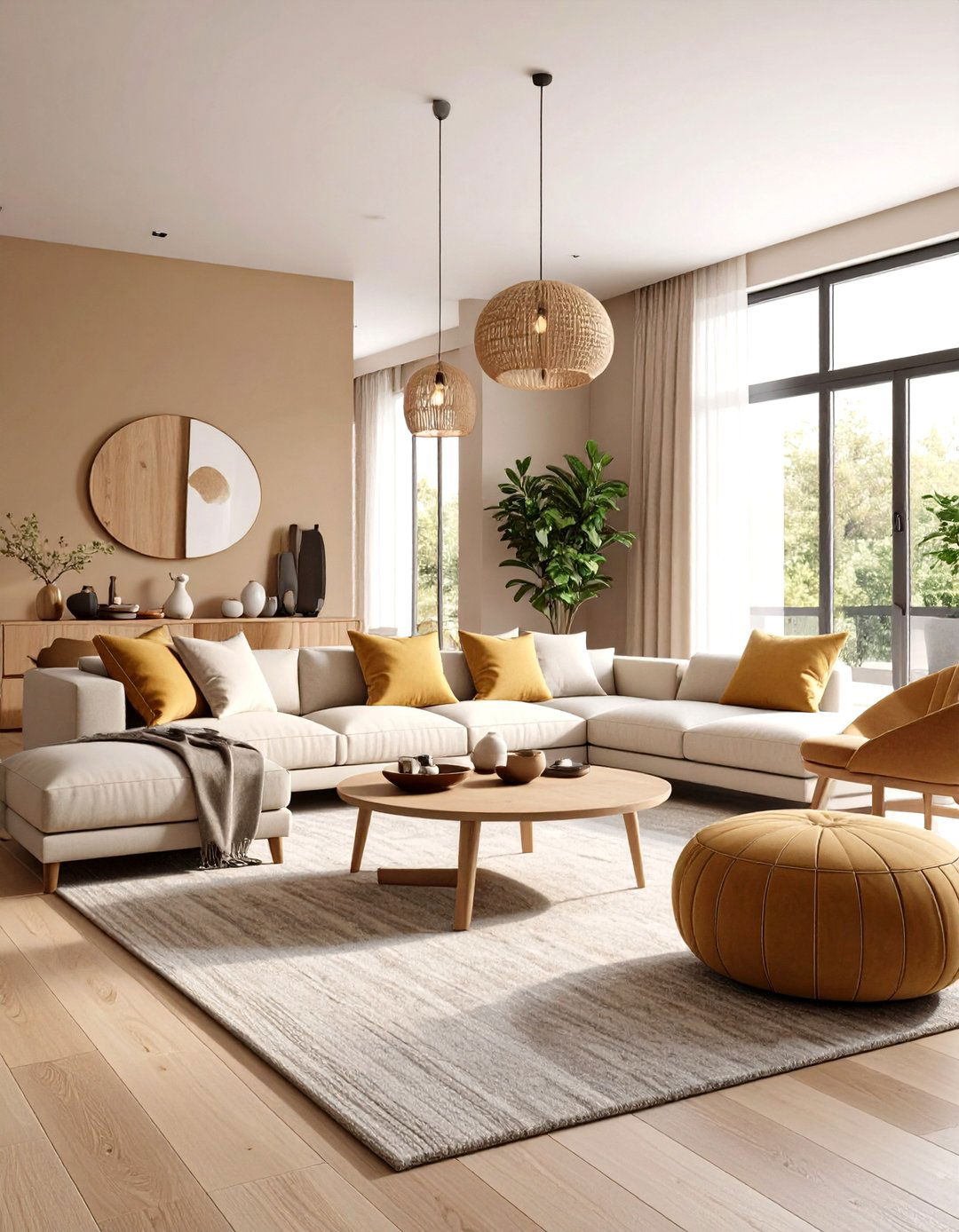
Create inviting spaces with this warm neutral minimalist interior design that moves beyond stark whites to embrace beiges, warm grays, and soft earth tones. This design theme focuses on creating cozy yet sophisticated environments through carefully selected color palettes that promote relaxation and comfort. Materials include natural stone, warm wood species, and soft textiles that add depth and interest without overwhelming the space. The lighting design emphasizes warm-toned bulbs and natural light sources that enhance the inviting atmosphere throughout the day. Furniture pieces feature clean lines softened by organic curves and natural materials that create visual warmth. This minimalist interior design approach includes layered rugs, textured throw pillows, and carefully selected artwork that adds personality while maintaining the essential simplicity of minimalist design principles.
7. Floating Furniture Minimalist Interior Design with Spatial Flow

Maximize the sense of space with this floating furniture minimalist interior design that creates visual lightness and improved flow throughout the room. This design theme features wall-mounted vanities, floating shelves, and suspended seating that free up floor space while maintaining functionality. The color palette includes light tones and reflective surfaces that enhance the airy feeling created by the floating elements. Under-cabinet lighting and hidden LED strips illuminate the floating pieces from below, creating a sophisticated glow that adds ambiance. Storage solutions utilize vertical space efficiently while maintaining clean lines and minimal visual weight. This minimalist interior design concept includes mirrors strategically placed to reflect light and create the illusion of expanded space, resulting in rooms that feel larger and more open while maintaining all necessary functions.
8. Matte Finish Minimalist Interior Design with Sophisticated Surfaces
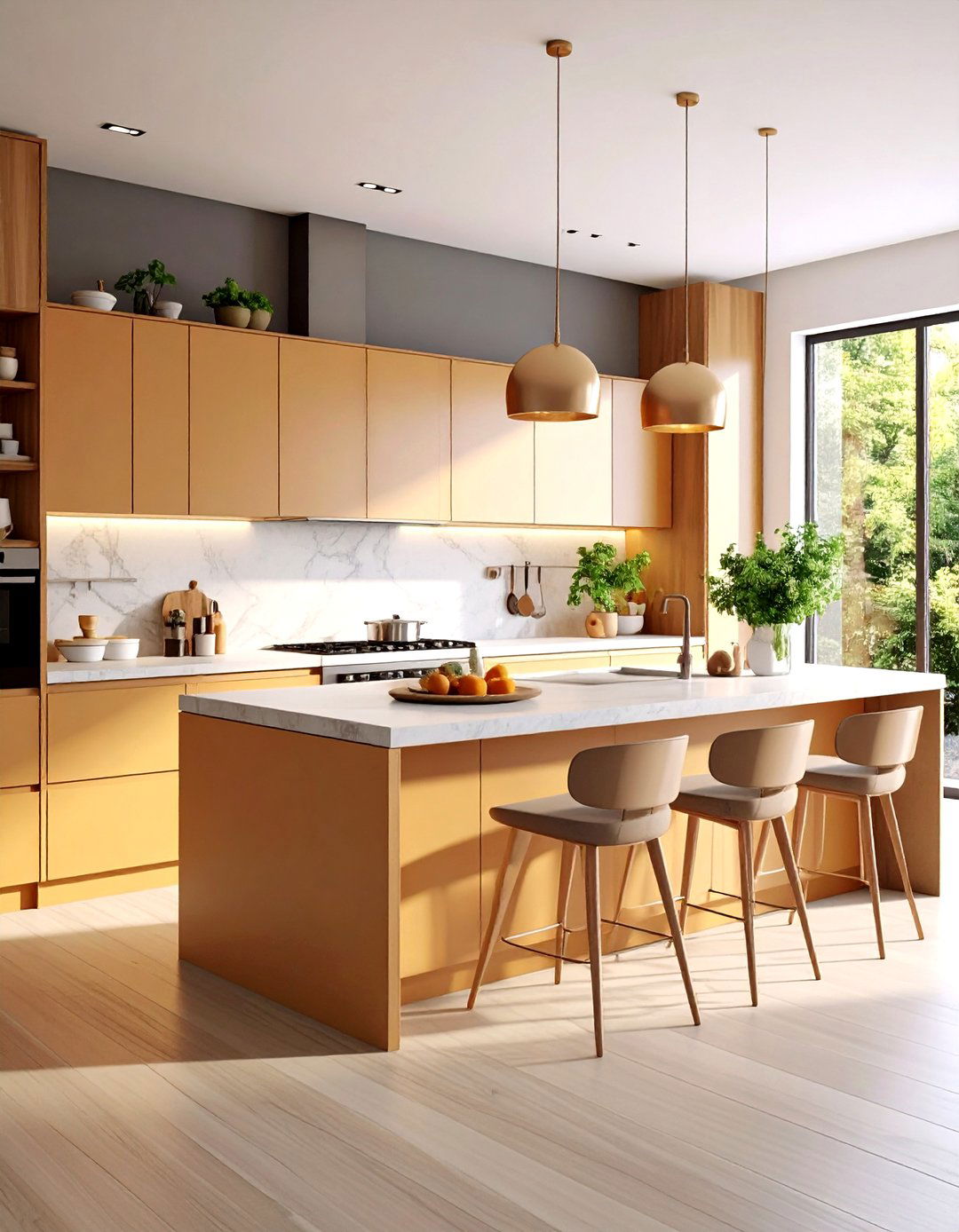
Embrace understated elegance with this matte finish minimalist interior design that utilizes non-reflective surfaces to create calm, sophisticated environments. This design theme features matte paint finishes, brushed metals, and textured materials that absorb light rather than reflecting it, creating a serene atmosphere. The color palette includes soft grays, warm whites, and muted earth tones that work harmoniously with the matte surfaces. Furniture pieces showcase matte lacquers, natural wood finishes, and stone surfaces that add depth without shine or glare. Lighting design focuses on soft, diffused illumination that complements the matte surfaces without creating harsh shadows. This minimalist interior design approach includes matte ceramic accessories, brushed hardware, and natural fiber textiles that enhance the sophisticated, understated aesthetic while maintaining the clean simplicity essential to minimalist design.
9. Open Floor Plan Minimalist Interior Design with Defined Zones
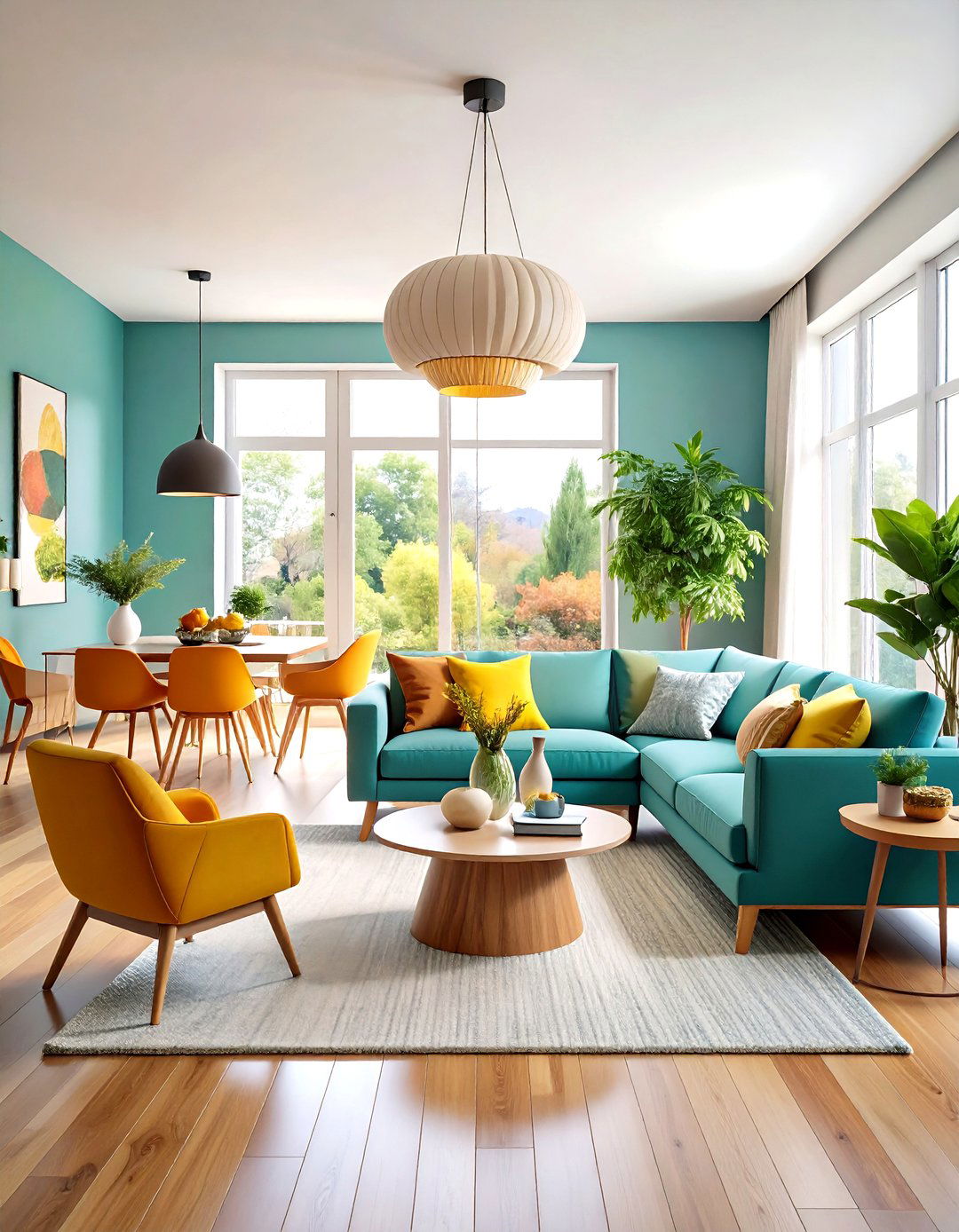
Create seamless living with this open floor plan minimalist interior design that maintains distinct functional areas without physical barriers. This design theme uses furniture placement, lighting, and subtle color variations to define spaces while maintaining visual continuity. The color palette remains cohesive throughout the open space, with slight variations in tone to distinguish different areas. Furniture pieces serve multiple purposes and can be easily reconfigured to adapt to changing needs. Natural light flows freely throughout the space, enhanced by strategic mirror placement and light-colored surfaces. This minimalist interior design concept includes area rugs, pendant lighting, and architectural elements that create visual boundaries while preserving the open feeling. The result is a space that feels both expansive and intimate, offering flexibility without sacrificing functionality or style.
10. Hidden Storage Minimalist Interior Design with Clutter-Free Living

Maintain pristine aesthetics with this hidden storage minimalist interior design that conceals all necessities behind clean, seamless surfaces. This design theme features built-in cabinetry, secret compartments, and multifunctional furniture that keeps belongings organized yet invisible. The color palette emphasizes continuity with matching finishes that make storage elements disappear into the overall design. Furniture pieces include ottomans with internal storage, beds with built-in drawers, and dining tables that extend to accommodate guests. Wall systems integrate storage, display, and technology in sleek, unified designs that maintain clean lines. This minimalist interior design approach includes toe-kick drawers, ceiling-height cabinets, and cleverly concealed pantries that maximize storage capacity while preserving the essential simplicity of minimalist aesthetics, creating spaces that feel both organized and serene.
11. Natural Light Maximization Minimalist Interior Design with Bright Spaces

Celebrate illumination with this natural light maximization minimalist interior design that creates bright, airy environments through strategic window placement and reflective surfaces. This design theme emphasizes large windows, skylights, and glass doors that flood spaces with natural light throughout the day. The color palette features whites, light grays, and pale neutrals that reflect and amplify the available light. Furniture pieces include glass and acrylic elements that maintain transparency while providing function. Mirror placement enhances light distribution and creates the illusion of expanded space. This minimalist interior design concept includes sheer window treatments, light-colored flooring, and strategically placed metallic accents that catch and reflect light throughout the space. The result is an environment that feels connected to the outdoors while maintaining the clean, uncluttered aesthetic essential to minimalist design.
12. Textured Wall Minimalist Interior Design with Tactile Interest
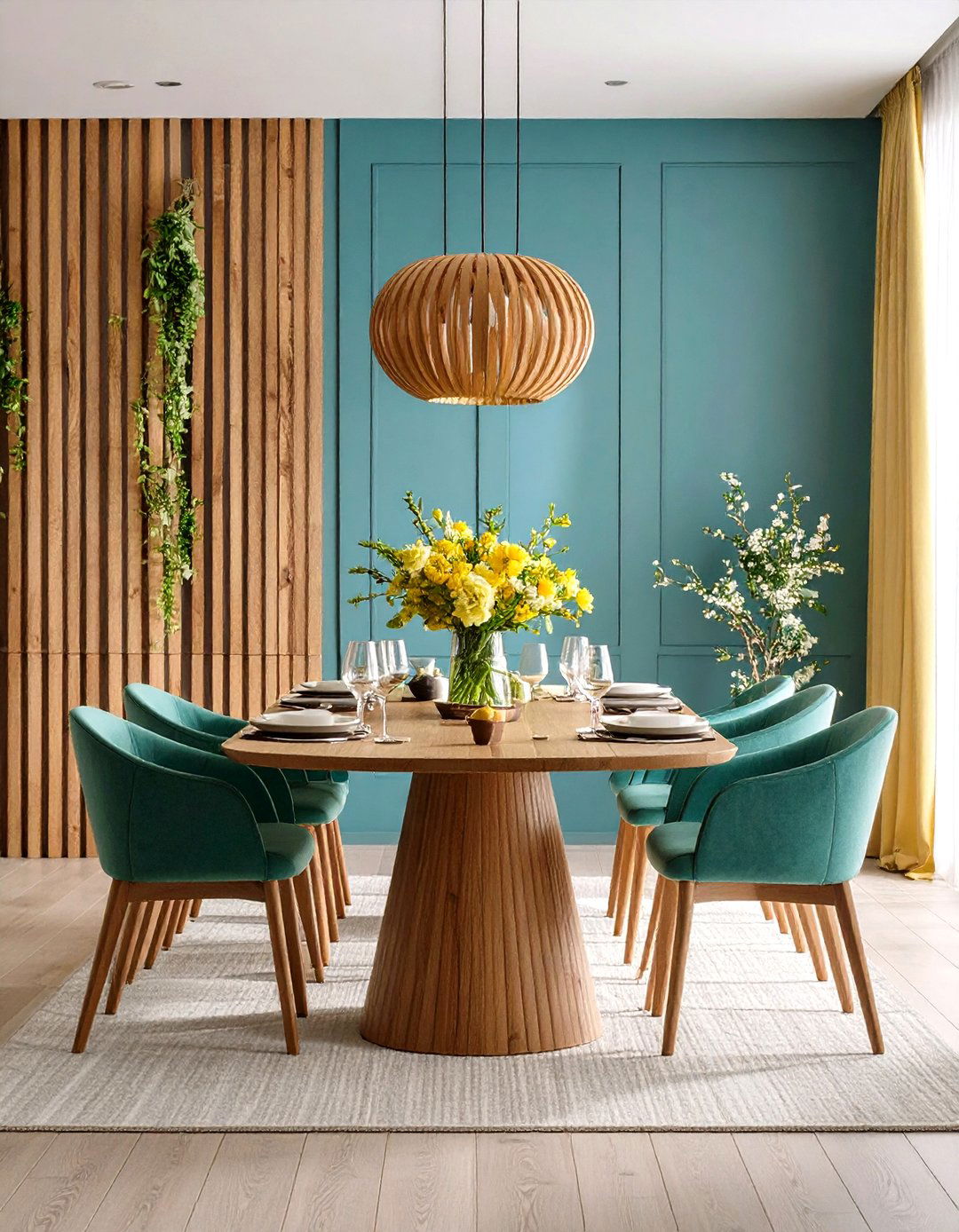
Add dimension through this textured wall minimalist interior design that creates visual and tactile interest without overwhelming the space. This design theme features natural plaster finishes, wood slat walls, and stone surfaces that add depth while maintaining clean lines. The color palette remains neutral with subtle variations that highlight the textural elements. Furniture pieces provide smooth contrasts to the textured walls, creating a balanced interplay of surfaces. Lighting design emphasizes the wall textures through strategic placement that creates shadows and highlights. This minimalist interior design approach includes woven wall coverings, concrete panels, and natural fiber treatments that add warmth and character while preserving the essential simplicity of minimalist aesthetics, resulting in spaces that feel both sophisticated and inviting.
13. Minimalist Maximalism Interior Design with Bold Geometric Forms
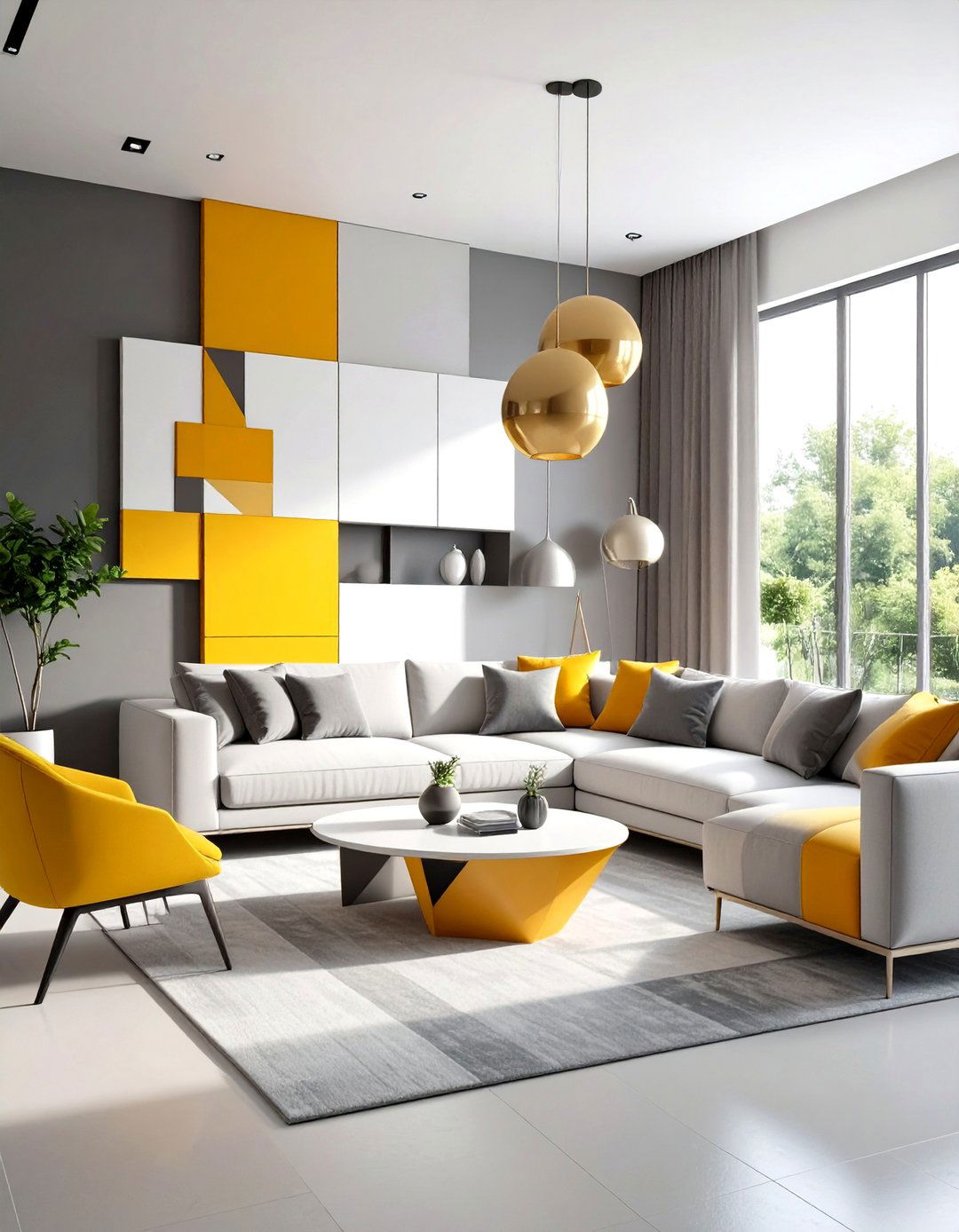
Embrace contrast with this minimalist maximalism interior design that combines bold geometric shapes with calm, neutral color palettes. This design theme features oversized furniture pieces, sculptural lighting, and dramatic architectural elements that make strong visual statements. The color palette includes warm beiges, soft grays, and crisp whites that allow the bold forms to shine without creating chaos. Furniture pieces showcase rounded edges, angular silhouettes, and unexpected proportions that create visual interest. Lighting design includes statement fixtures that serve as functional art pieces. This minimalist interior design concept includes oversized artwork, curved seating, and geometric pattern accents that create drama while maintaining the clean, uncluttered foundation essential to minimalist design, resulting in spaces that feel both bold and serene.
14. Platform Bedroom Minimalist Interior Design with Low-Profile Comfort
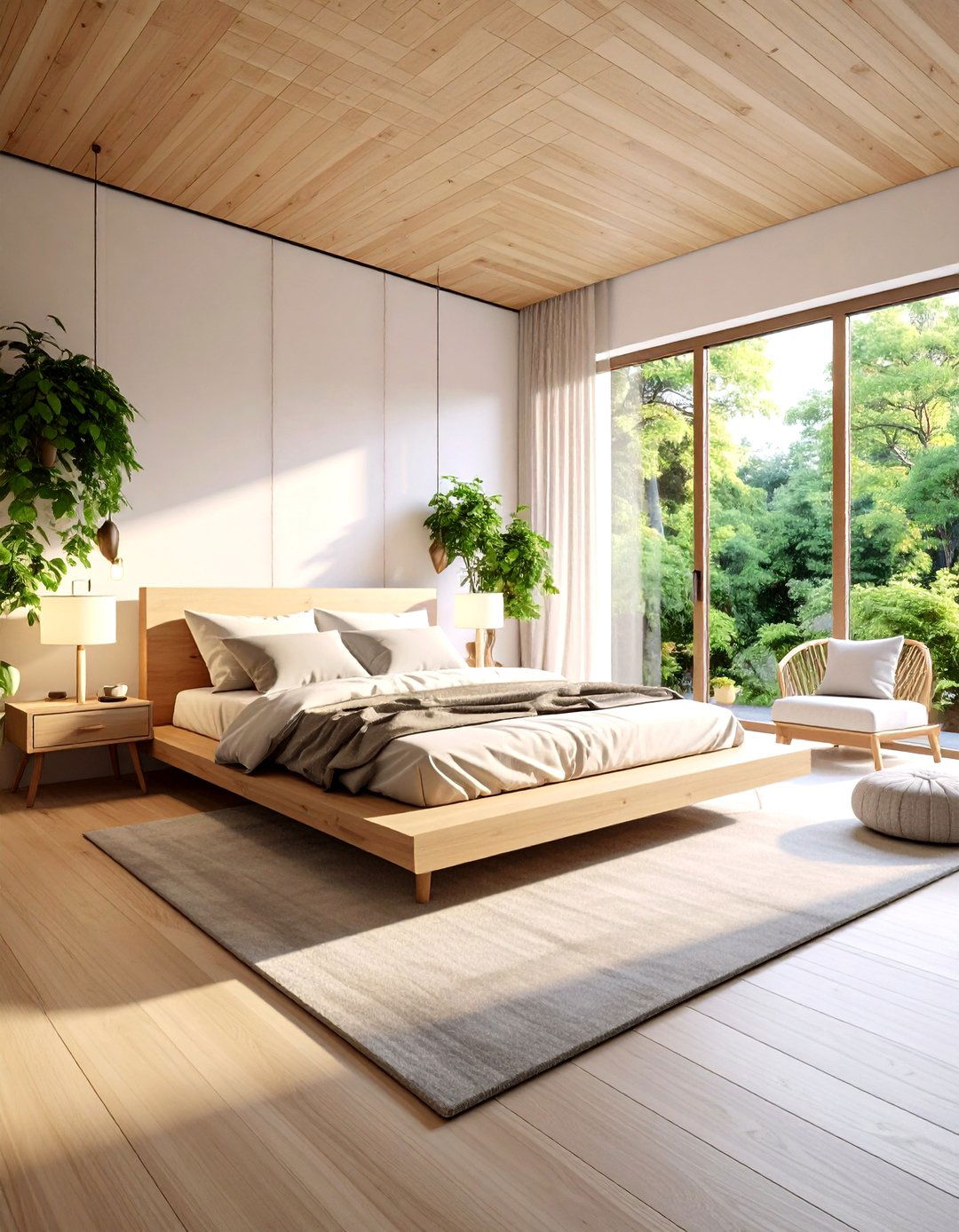
Create serene sleeping spaces with this platform bedroom minimalist interior design that emphasizes low-profile furniture and horizontal lines. This design theme features platform beds, floor-level seating, and minimal bedside storage that create a sense of groundedness and tranquility. The color palette includes soft whites, warm grays, and natural wood tones that promote relaxation. Furniture pieces maintain clean lines and simple forms that avoid visual clutter. Lighting design includes pendant lights, floor lamps, and natural light sources that create a calming atmosphere. This minimalist interior design approach includes linen bedding, natural fiber rugs, and carefully selected artwork that enhance the peaceful environment while maintaining the essential simplicity of minimalist design principles, creating bedrooms that feel like serene retreats.
15. Spa-Like Bathroom Minimalist Interior Design with Wellness Focus
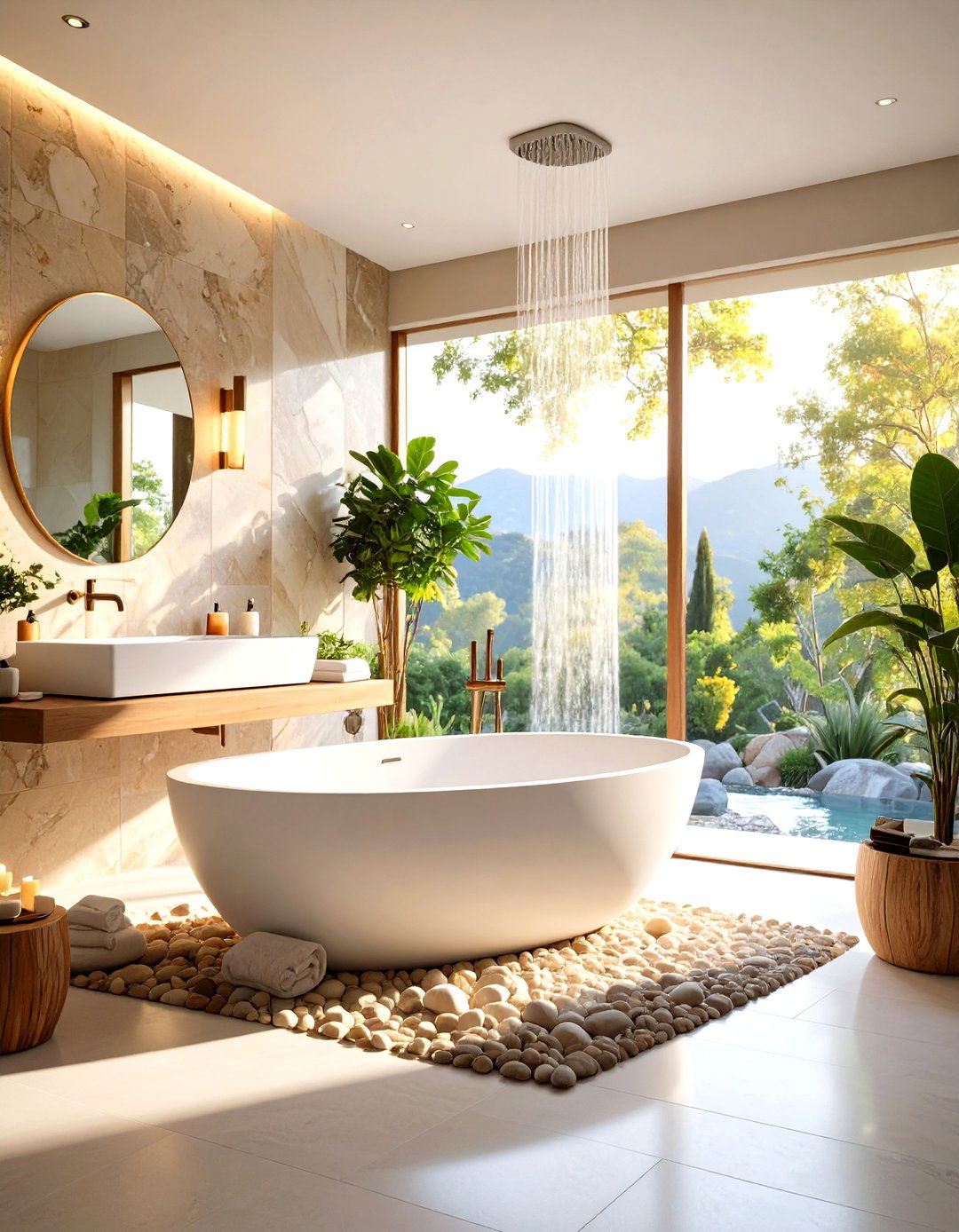
Transform your bathroom into a sanctuary with this spa-like bathroom minimalist interior design that prioritizes relaxation and wellness. This design theme features natural stone surfaces, freestanding tubs, and rainfall showers that create a luxurious yet simple environment. The color palette includes soft neutrals, warm whites, and natural stone tones that promote tranquility. Furniture pieces include floating vanities, natural wood accessories, and minimal storage solutions that maintain clean lines. Lighting design emphasizes natural light and warm artificial sources that create a soothing atmosphere. This minimalist interior design concept includes heated floors, aromatherapy elements, and carefully selected plants that enhance the spa-like feeling while preserving the clean, uncluttered aesthetic essential to minimalist design, creating bathrooms that feel both luxurious and serene.
16. Multifunctional Minimalist Interior Design with Adaptable Spaces
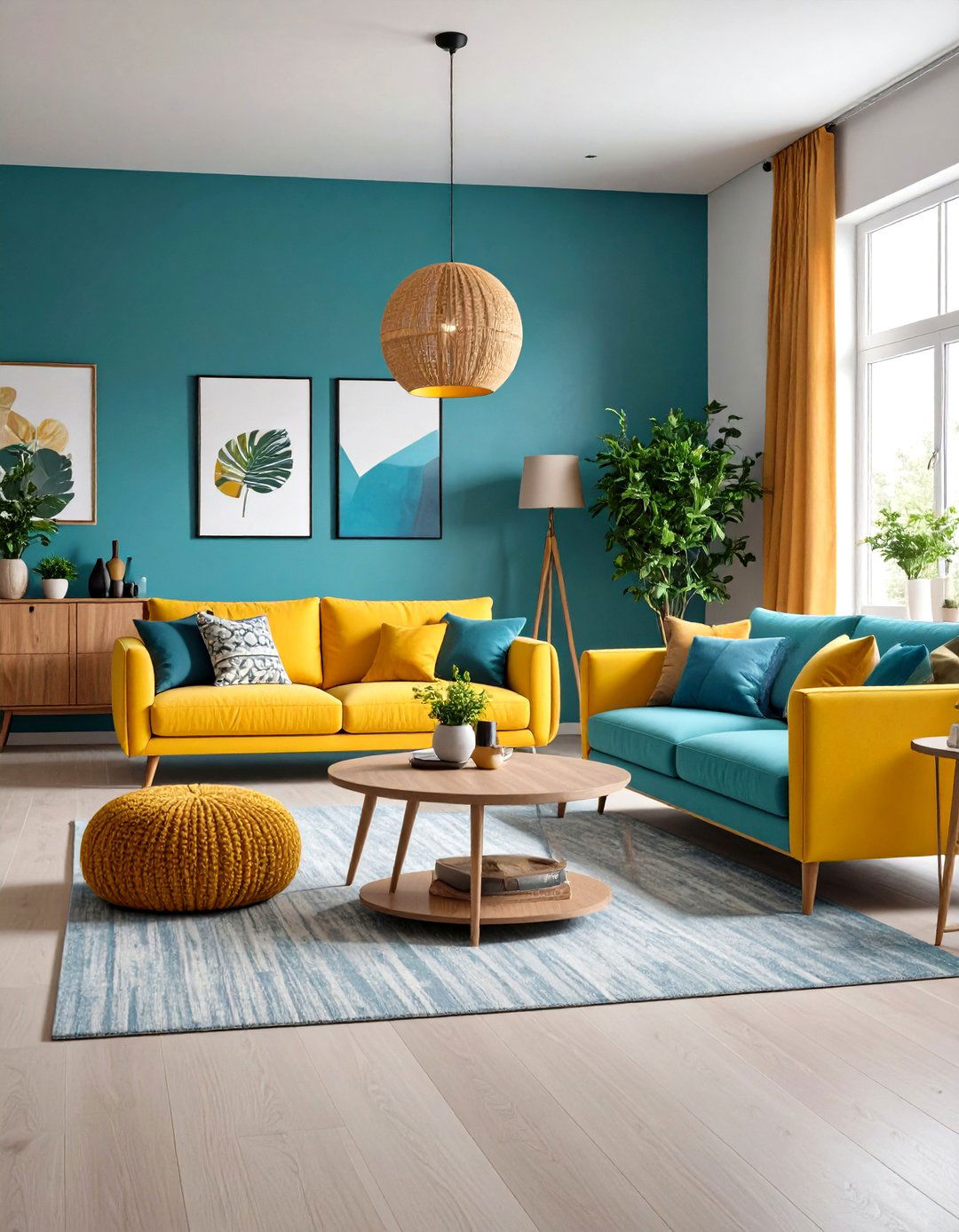
Maximize utility with this multifunctional minimalist interior design that creates adaptable spaces for modern living needs. This design theme features convertible furniture, flexible room dividers, and modular storage systems that can be reconfigured as needed. The color palette remains neutral and cohesive to maintain visual harmony regardless of configuration. Furniture pieces include expandable dining tables, modular seating systems, and storage ottomans that serve multiple purposes. Lighting design includes adjustable fixtures and portable lamps that can be moved as spaces change. This minimalist interior design approach includes murphy beds, fold-down desks, and stackable storage that maximize functionality while preserving the clean, uncluttered aesthetic essential to minimalist design, creating spaces that adapt to changing needs while maintaining style.
17. Organic Curve Minimalist Interior Design with Soft Sophistication
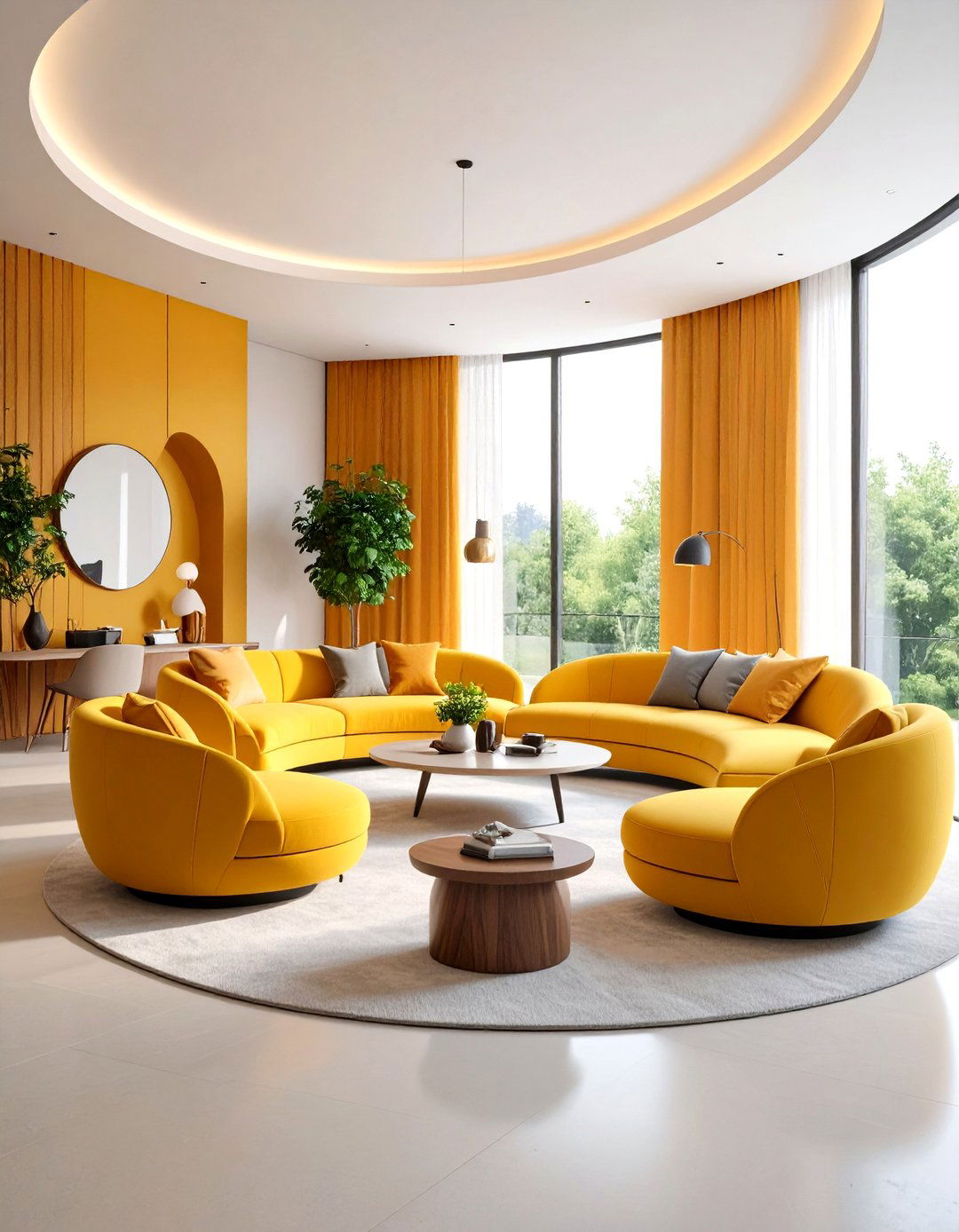
Soften hard lines with this organic curve minimalist interior design that introduces gentle curves and flowing forms while maintaining clean aesthetics. This design theme features rounded furniture pieces, curved architectural elements, and soft-edged accessories that create a more approachable minimalist style. The color palette includes warm neutrals, soft grays, and natural tones that complement the organic forms. Furniture pieces showcase gentle curves, rounded corners, and flowing lines that create visual comfort. Lighting design includes spherical fixtures and curved lamps that echo the organic theme. This minimalist interior design concept includes curved seating, round dining tables, and organic-shaped artwork that add softness while maintaining the essential simplicity of minimalist design principles, creating spaces that feel both modern and welcoming.
18. Monochromatic Gray Minimalist Interior Design with Sophisticated Depth

Explore the complexity of simplicity with this monochromatic gray minimalist interior design that uses various shades of gray to create sophisticated, layered environments. This design theme features different gray tones, textures, and finishes that build depth and interest within a single color family. The color palette ranges from light silver to deep charcoal, creating subtle contrasts and visual hierarchy. Furniture pieces include various gray finishes, from matte to glossy, and different materials that add textural variety. Lighting design enhances the gray tones through strategic placement and varying intensities. This minimalist interior design approach includes gray stone surfaces, metallic accents, and textured fabrics that create richness while maintaining the clean, uncluttered aesthetic essential to minimalist design, resulting in spaces that feel both sophisticated and calming.
19. Industrial Minimalist Interior Design with Raw Material Beauty
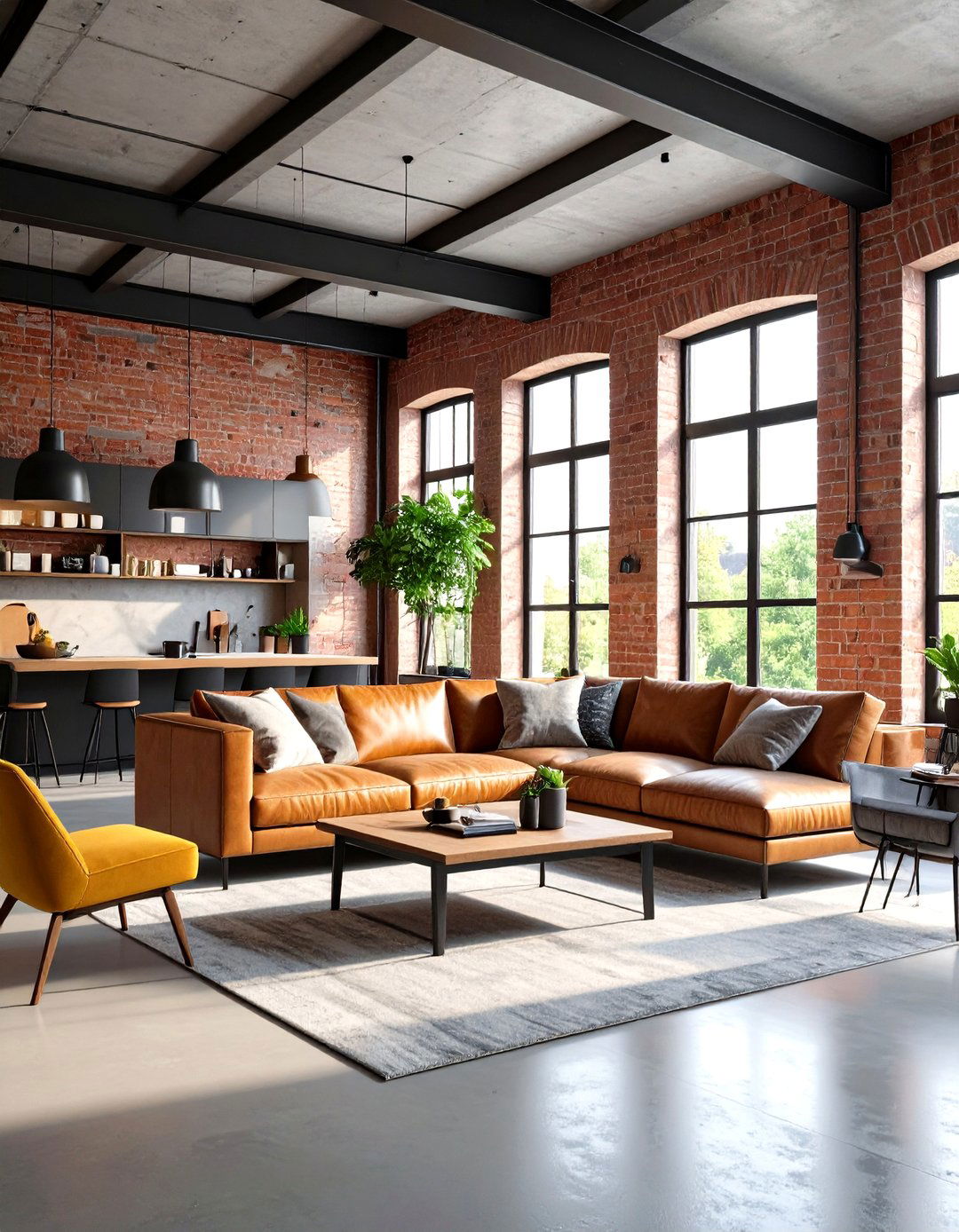
Celebrate raw materials with this industrial minimalist interior design that combines exposed structural elements with clean, modern aesthetics. This design theme features concrete floors, exposed brick walls, and metal fixtures that create an urban, sophisticated environment. The color palette includes warm grays, natural concrete tones, and black metal accents that complement the industrial elements. Furniture pieces include steel and wood combinations, leather seating, and glass surfaces that maintain the industrial theme. Lighting design features exposed bulbs, metal fixtures, and track lighting that enhance the raw aesthetic. This minimalist interior design concept includes pipe shelving, concrete countertops, and metal storage solutions that celebrate industrial materials while maintaining the clean, uncluttered foundation essential to minimalist design, creating spaces that feel both edgy and refined.
20. Coastal Minimalist Interior Design with Serene Simplicity
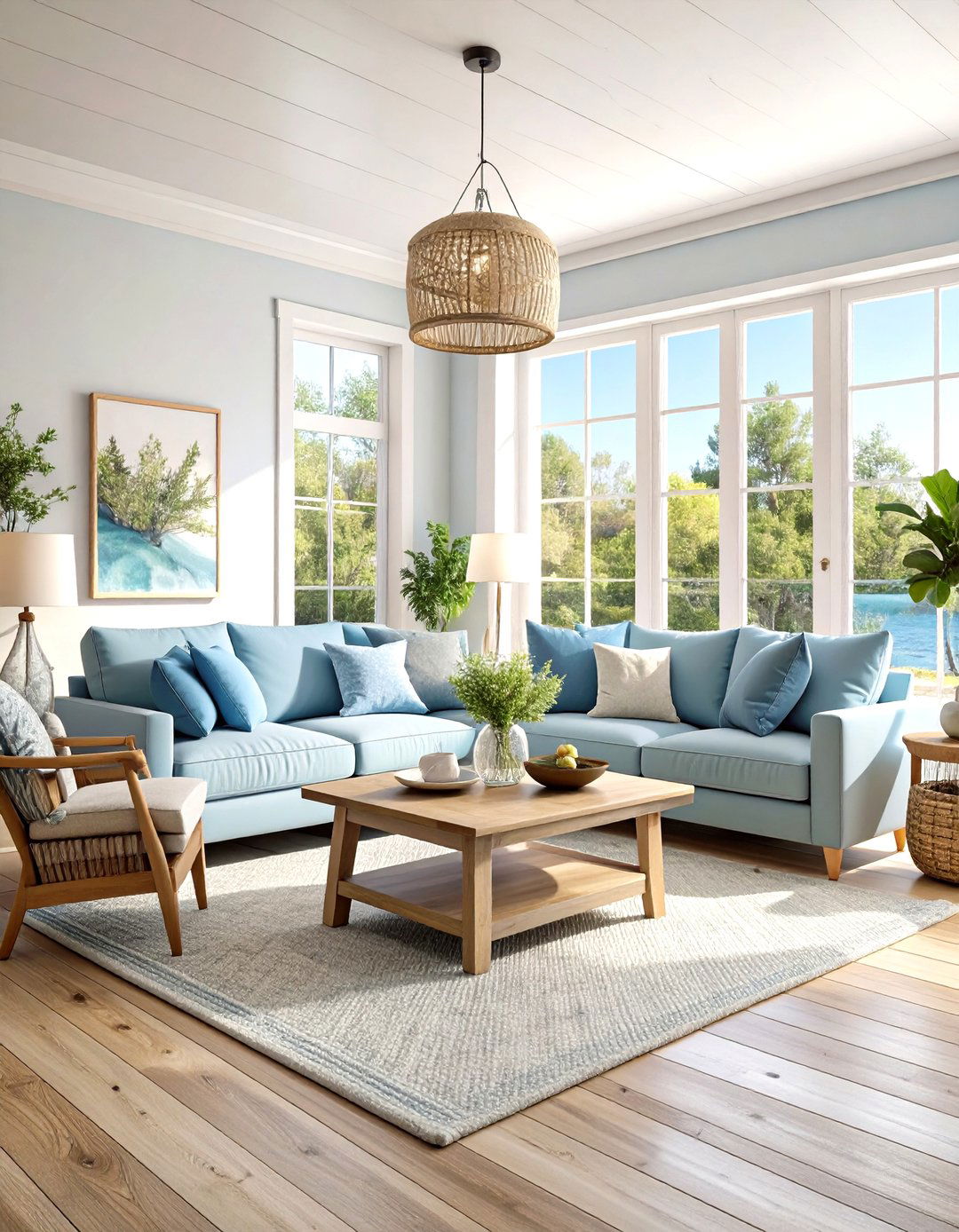
Capture seaside tranquility with this coastal minimalist interior design that combines ocean-inspired elements with clean, modern aesthetics. This design theme features natural textures, light colors, and organic materials that evoke the peaceful feeling of coastal living. The color palette includes soft whites, pale blues, and natural wood tones that reflect the seaside environment. Furniture pieces include weathered wood, linen fabrics, and simple forms that maintain the coastal theme. Lighting design emphasizes natural light and fixtures that echo nautical forms. This minimalist interior design approach includes driftwood accents, sea glass colors, and natural fiber rugs that create the coastal feeling while preserving the clean, uncluttered aesthetic essential to minimalist design, resulting in spaces that feel both relaxing and sophisticated.
Conclusion:
These twenty minimalist interior design ideas demonstrate how this timeless aesthetic continues to evolve while maintaining its core principles of simplicity, functionality, and beauty. Each approach offers a unique interpretation of minimalist design, from sustainable materials and smart technology integration to organic curves and coastal inspiration. The key to successful minimalist interior design lies in thoughtful selection, quality materials, and purposeful arrangement that creates spaces promoting both visual calm and functional efficiency. Whether you prefer the warm earth tones of Japandi style or the bold geometric forms of minimalist maximalism, these ideas provide comprehensive frameworks for creating serene, sophisticated environments that truly embody the essence of minimalist living.


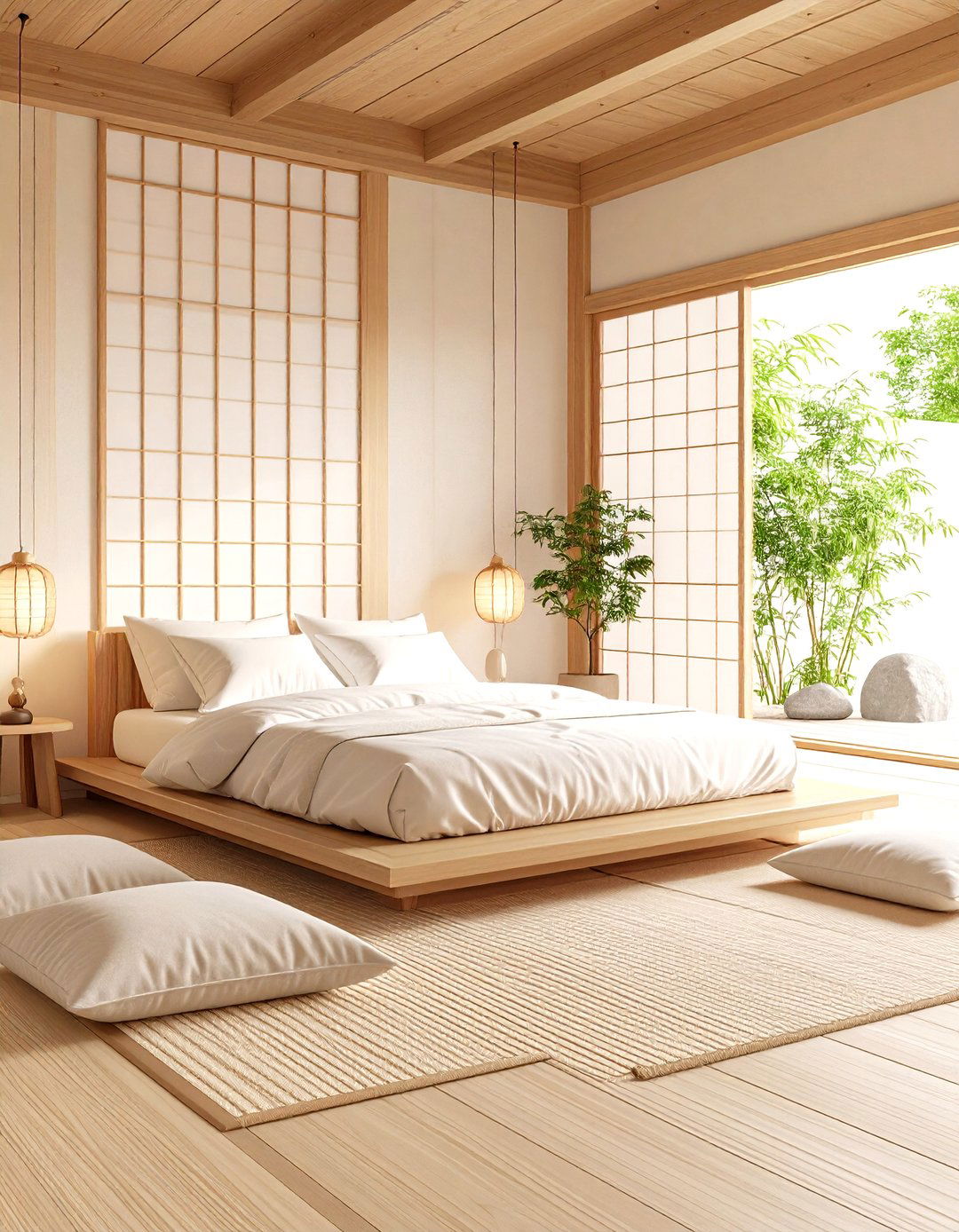
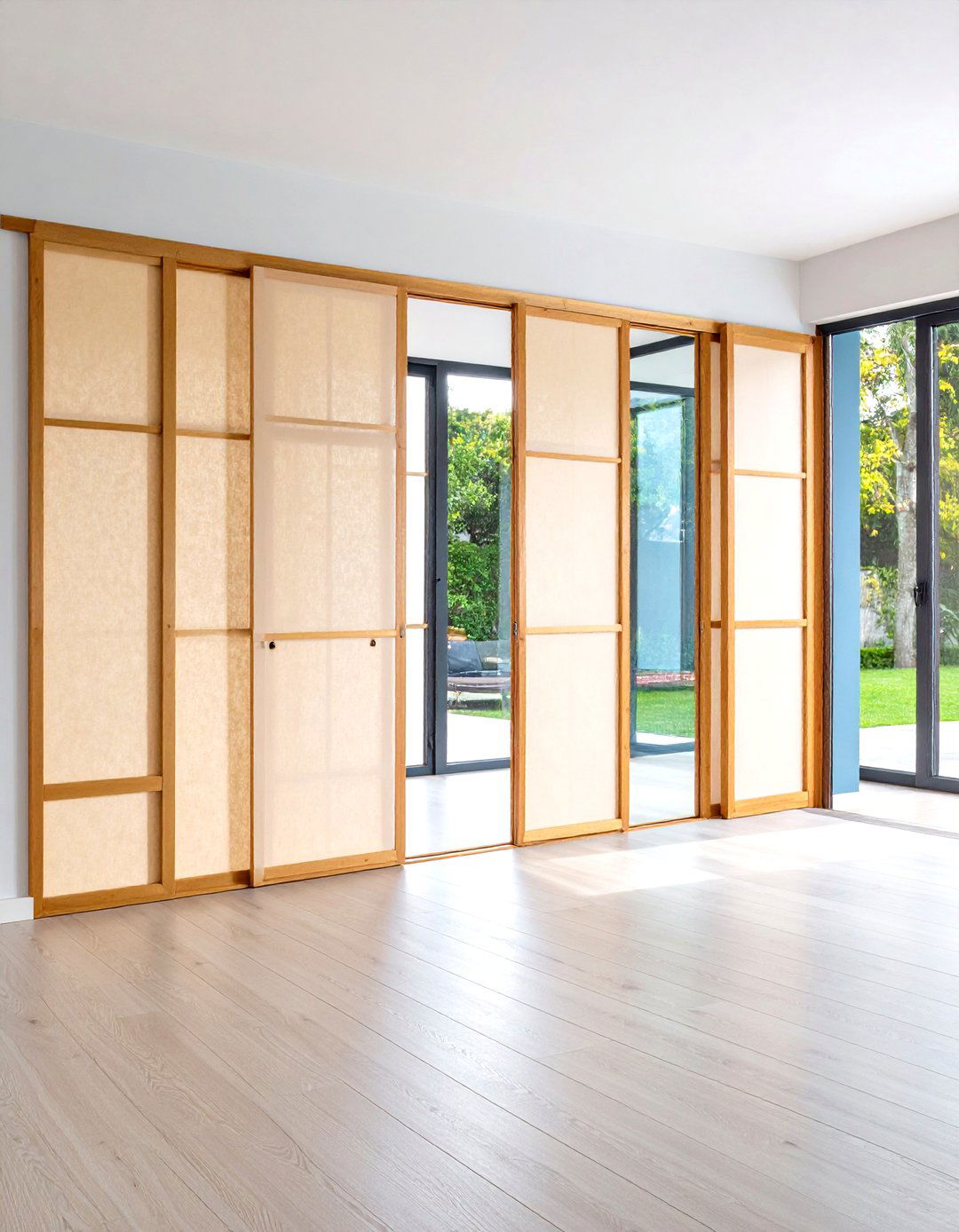
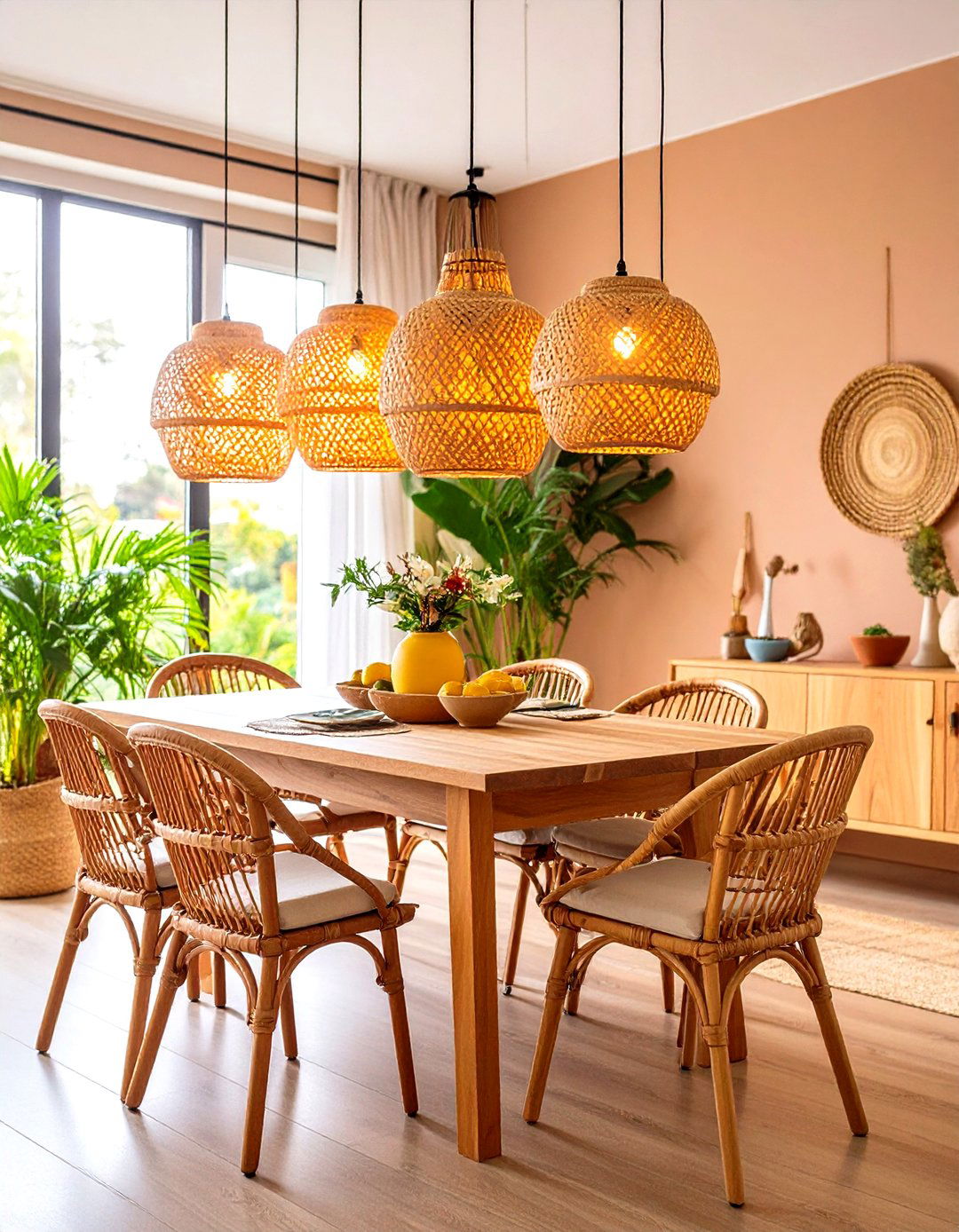
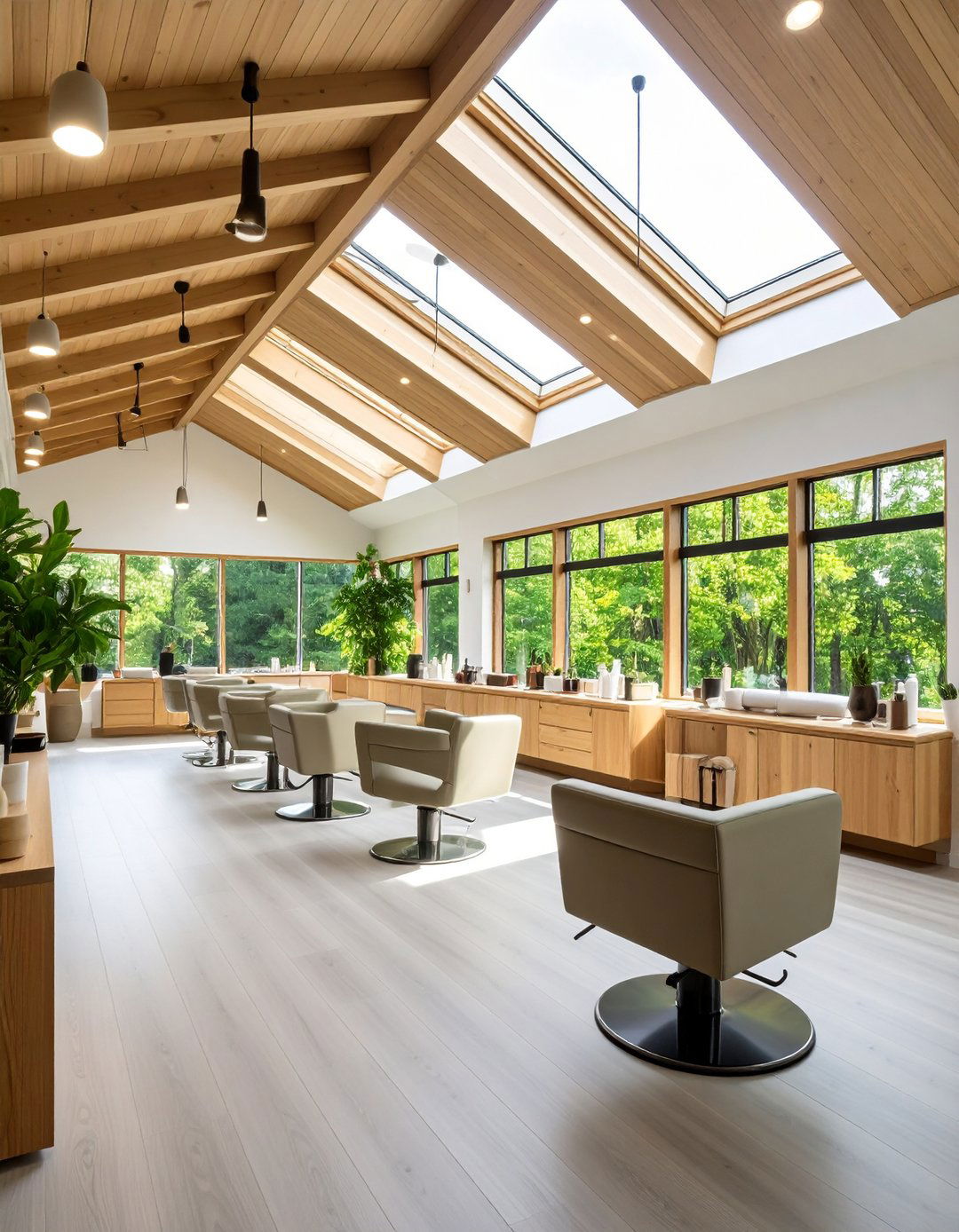
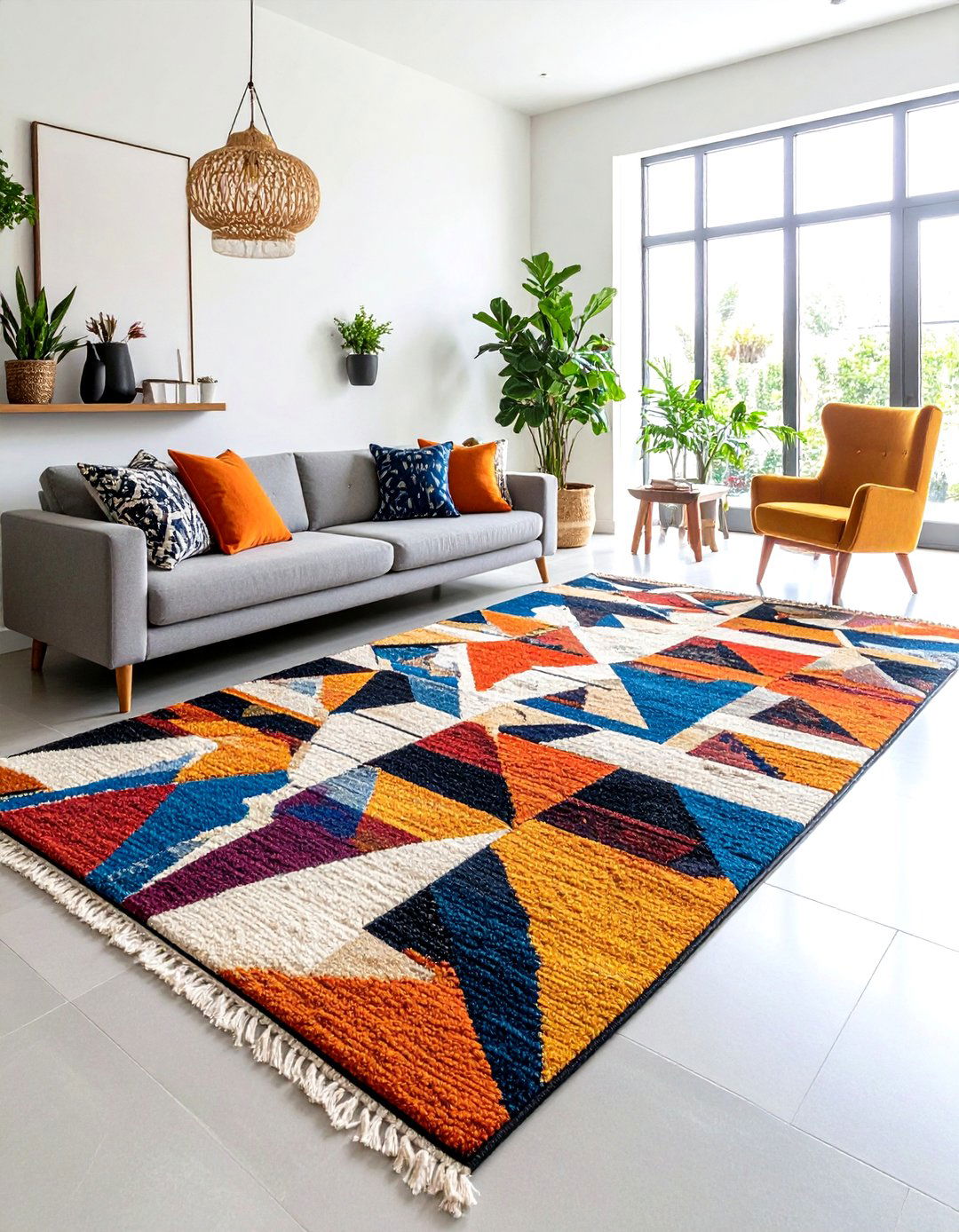
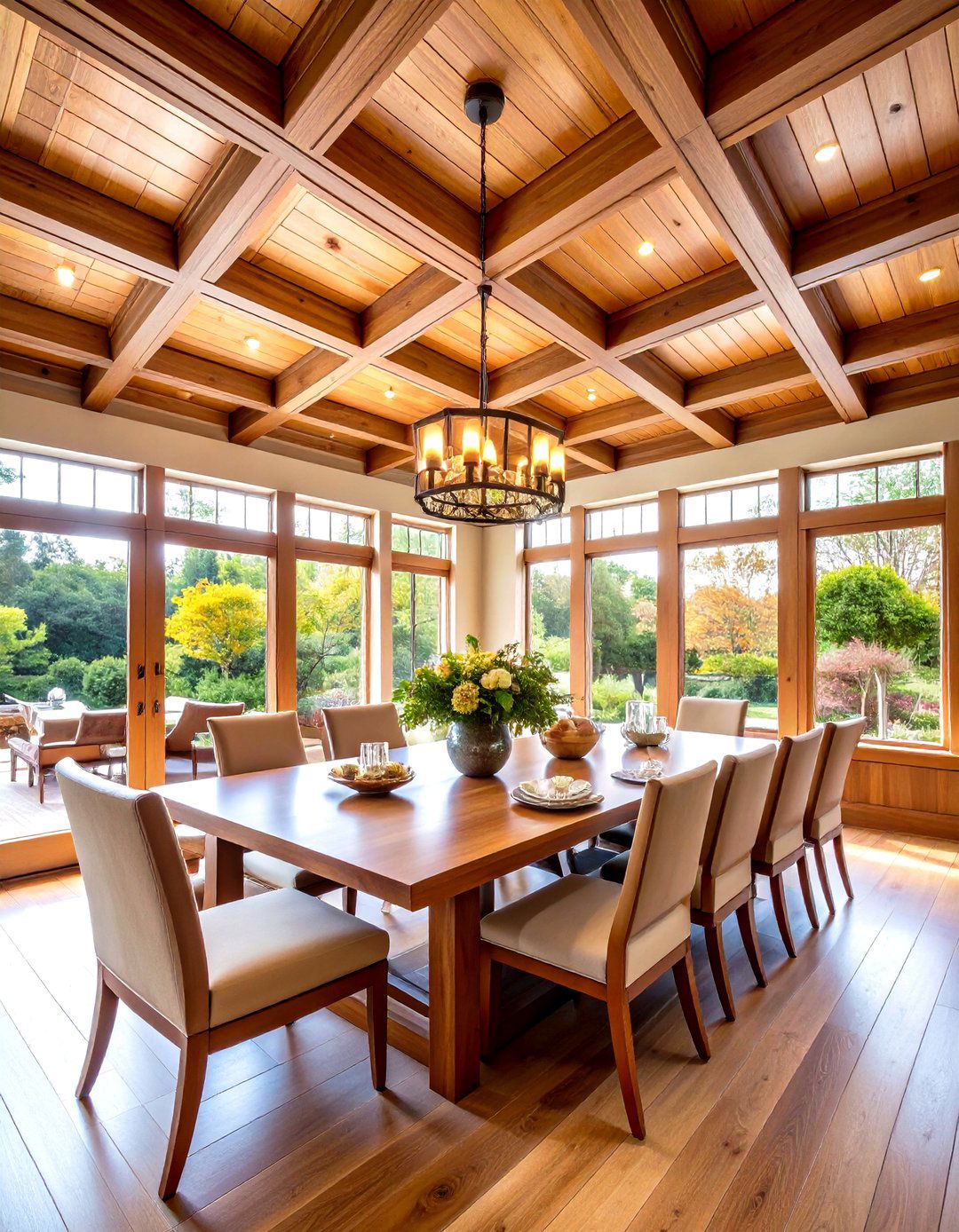
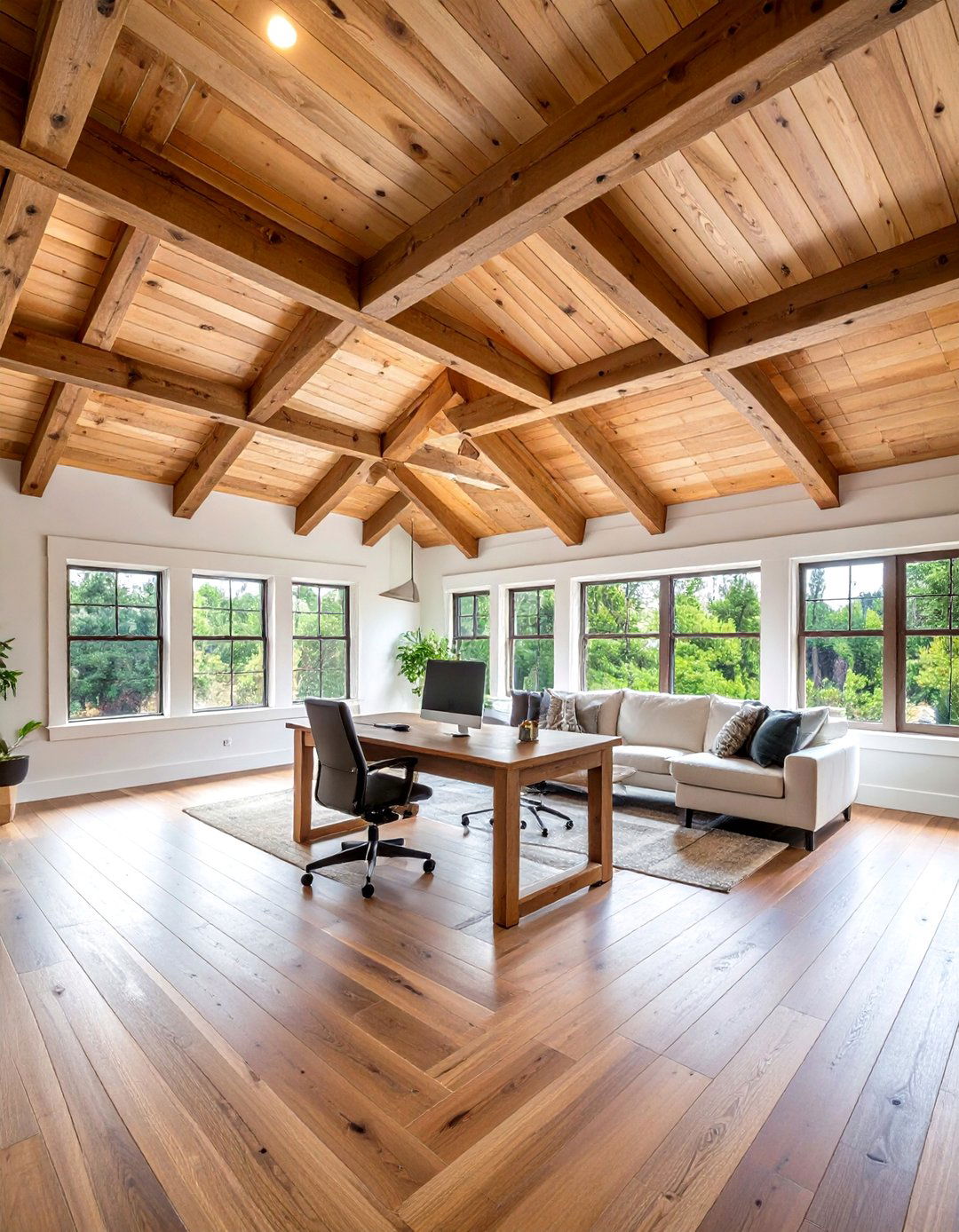

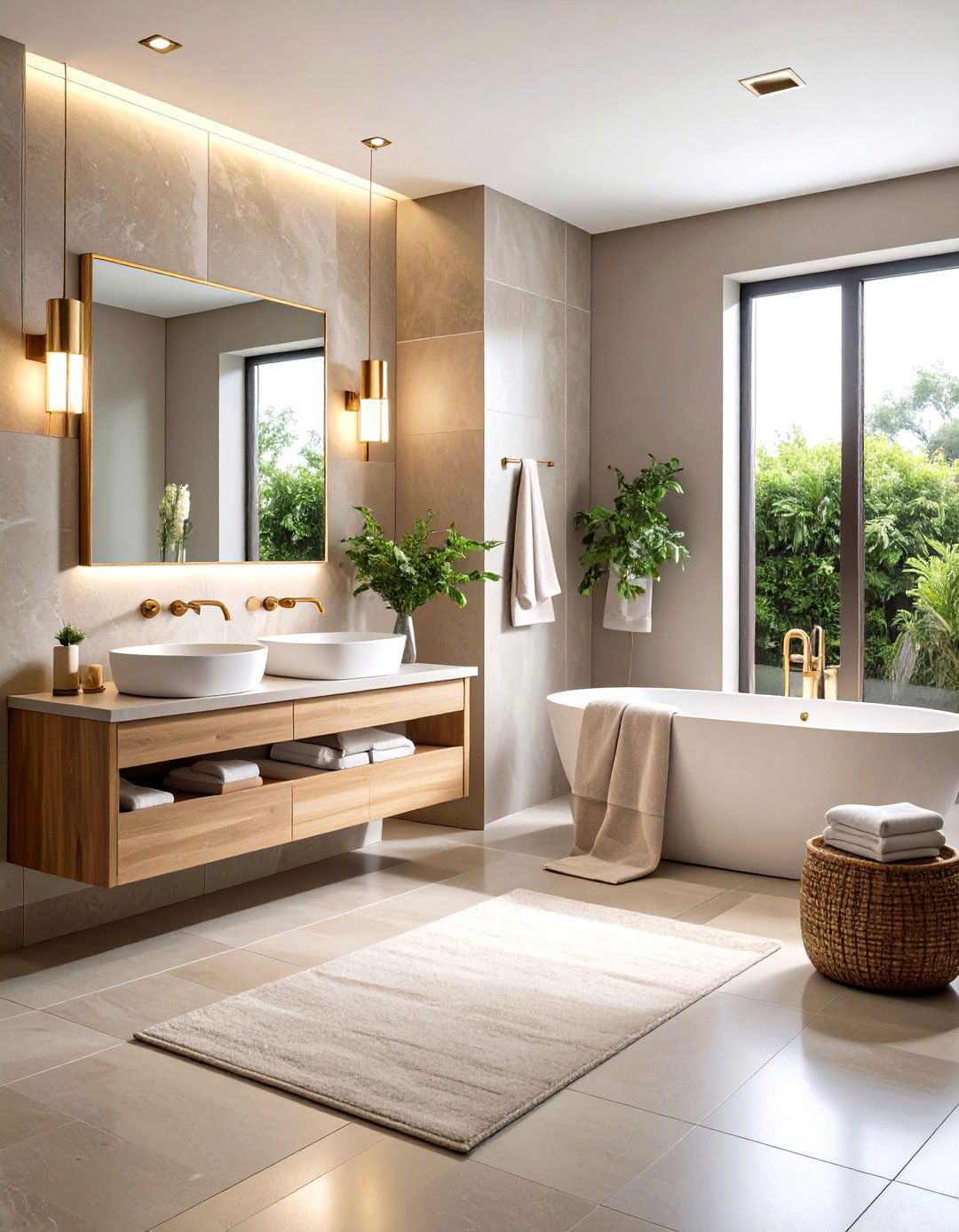
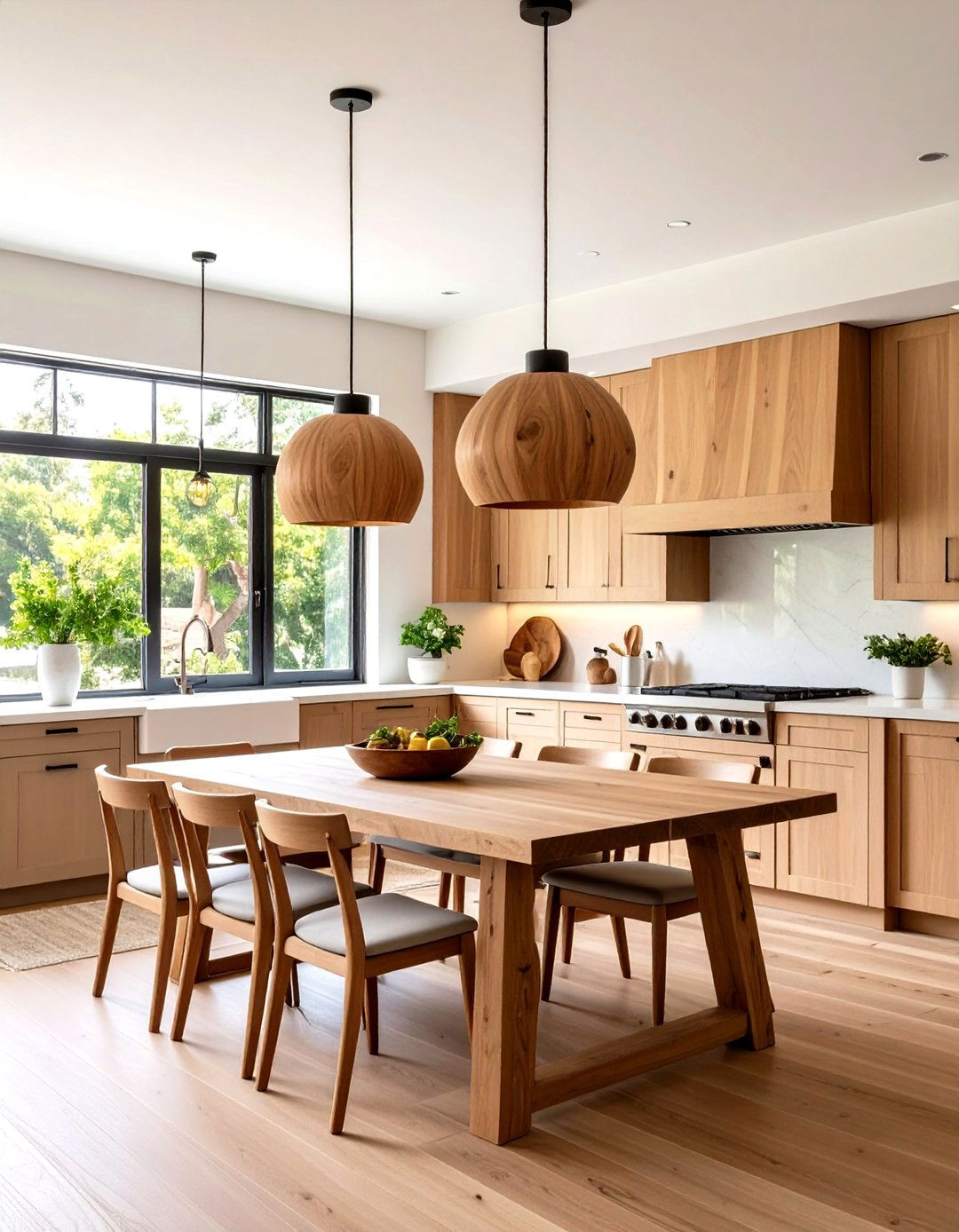


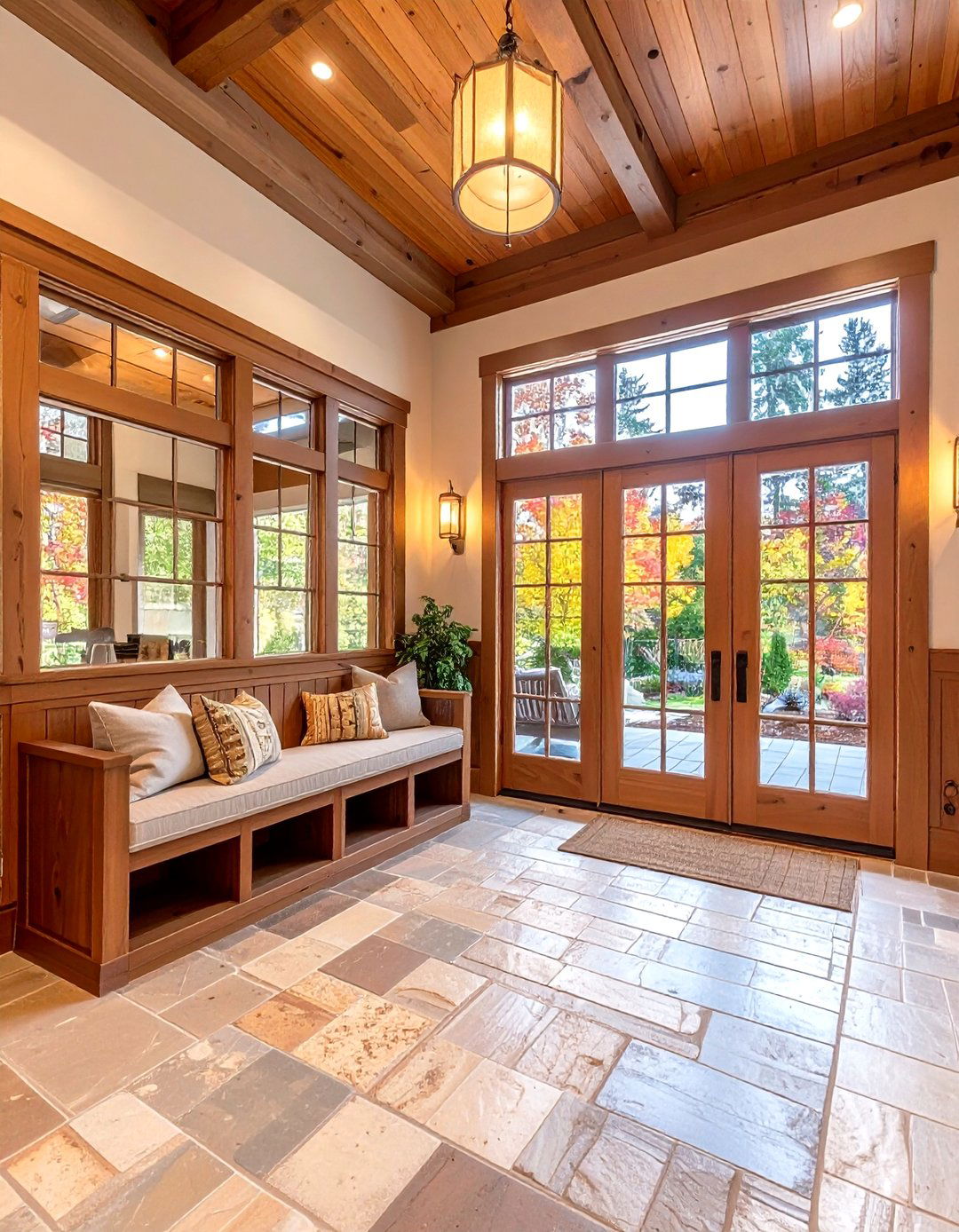
Leave a Reply